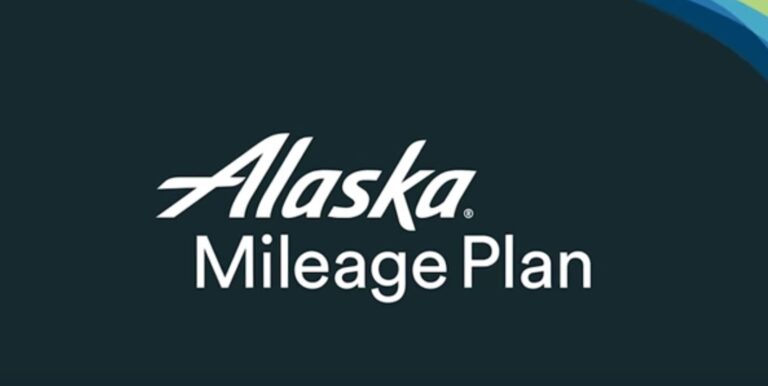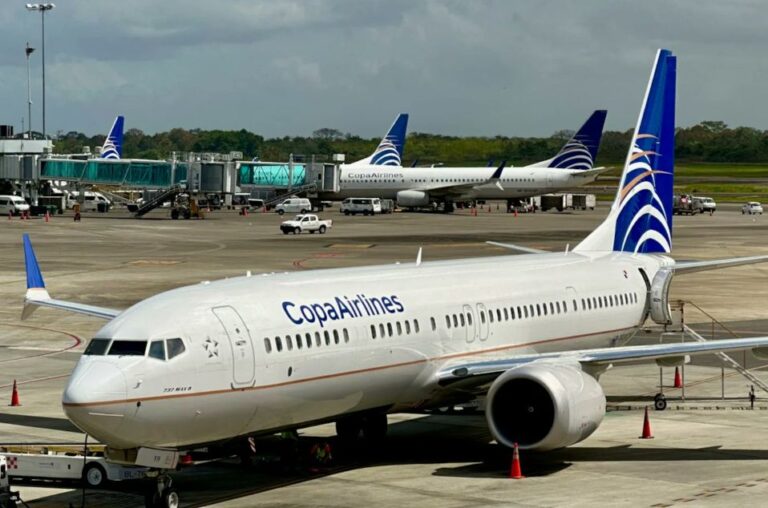Aer Lingus, the flag carrier of Ireland, has been a significant player in the aviation industry since its establishment in 1936. With a rich history that spans over eight decades, Aer Lingus has evolved from a small, government-owned entity into a part of the International Airlines Group (IAG), one of the world’s largest airline groups. This transformation has included shifts in its strategic alliances, most notably its relationship with the world’s airline alliances, including its former membership in the Oneworld Alliance and its current status outside the major global airline alliances such as Star Alliance.
Aer Lingus and Oneworld: A Historical Perspective
Aer Lingus became a part of the Oneworld Alliance in 2000, aligning itself with some of the world’s leading airlines to offer customers a wider network of destinations and enhanced services. The alliance membership aimed to strengthen Aer Lingus’s position in the global aviation market, providing passengers with benefits such as seamless travel across an extensive global network, reciprocal frequent flyer benefits, and access to partner airlines’ lounges.
However, this relationship underwent a significant change in 2007 when Aer Lingus decided to leave the Oneworld Alliance. This decision was driven by a strategic shift towards operating more independently in response to the changing dynamics of the global aviation industry, including increased competition from low-cost carriers and a need to streamline operations and reduce costs.
Strategic Independence and Partnerships
Since leaving the Oneworld Alliance, Aer Lingus has not joined another global airline alliance, such as Star Alliance or SkyTeam. Instead, the airline has chosen a path of strategic independence, focusing on strengthening its route network through selective codeshare agreements and partnerships with other airlines. This approach has allowed Aer Lingus to maintain flexibility in its operations, adapt more quickly to market changes, and focus on its core markets, particularly transatlantic routes that have become a significant part of its business model.
Aer Lingus’s strategy also includes a strong focus on customer experience, leveraging its unique position as an Irish carrier to offer a distinct brand of hospitality and service. The airline has invested in modernizing its fleet, improving its onboard product, and enhancing its digital platforms to offer passengers a more personalized and convenient travel experience.
The Role of International Airlines Group (IAG)
The acquisition of Aer Lingus by IAG in 2015 marked a new chapter in the airline’s history, providing it with the backing of one of the world’s largest airline groups. Being part of IAG has offered Aer Lingus several strategic advantages, including access to greater financial resources, operational synergies with other group airlines, and an enhanced ability to compete on the global stage.
Under IAG’s ownership, Aer Lingus has continued to expand its network, particularly focusing on North American routes, where it has seen significant growth. The airline has leveraged Dublin Airport’s position as a natural transatlantic gateway, offering U.S.-bound passengers the convenience of pre-clearing U.S. immigration in Ireland.
Future Outlook: Strategic Challenges and Opportunities
Looking forward, Aer Lingus faces both challenges and opportunities as it navigates the complexities of the post-pandemic aviation landscape. The airline industry is undergoing profound changes, with shifting passenger preferences, the need for environmental sustainability, and the rapid pace of digital transformation shaping the future of aviation.
Aer Lingus’s strategic independence and focus on key markets, combined with the support of IAG, position it well to adapt to these changes. However, the airline will need to continue innovating its customer experience, expanding its network strategically, and leveraging technology to enhance operational efficiency and sustainability.
Conclusion
Aer Lingus’s journey from a member of the Oneworld Alliance to a strategically independent carrier under the umbrella of IAG illustrates its adaptive approach to the ever-changing dynamics of the global aviation industry. While not part of a major airline alliance like Star Alliance, Aer Lingus has carved out a niche for itself, focusing on its strengths and leveraging partnerships to offer a competitive and distinctive product to its passengers. As the airline industry continues to evolve, Aer Lingus’s ability to adapt and innovate will be crucial in navigating the challenges and seizing the opportunities that lie ahead.
This narrative, while comprehensive, only scratches the surface of Aer Lingus’s complex and dynamic story within the global aviation landscape. It highlights the airline’s strategic decisions, partnerships, and future prospects, reflecting a broader trend in the industry towards flexibility, strategic independence, and a focus on core competencies and markets.





